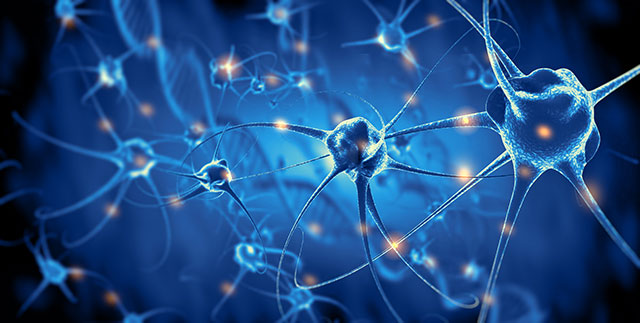Heart attacks are more deadly for women because traditional medicine doesn’t recognize their symptoms
06/15/2019 / By Cassie B.

Heart attacks strike men and women alike, but women are more likely to die from one. You might suspect this is simply down to the physical differences between men and women, but there is growing concern that the problem is largely due to flaws in how the conventional medical system approaches these differences and its general inability to recognize and act upon the symptoms in women.
Despite what you might see on TV, most heart attacks aren’t dramatic, pain-filled episodes that end with patients on the floor clutching their chests. Instead, the pain can be quite gradual and is often mistaken for muscle aches or indigestion. Women are more likely than men to present without any pain or to experience uncharacteristic symptoms such as back, jaw or neck discomfort and/or fatigue. These symptoms are often overlooked by medical personnel or attributed to another cause, and this failure to get quick help can cause treatment delays that lead to more heart damage and possibly even death.
In a scary statistic provided by the Heart and Stroke Foundation of Canada, women are less likely than men to be given an EKG test to detect heart attack within 10 minutes of their arrival at the ER, which is the recommended protocol.
Even the diagnostics used are geared toward men. The biomarker used to diagnose a heart attack is the level of a type of protein that is released when the heart muscle is damaged known as troponin. Unfortunately, the criteria for troponin was set using data collected mainly from men, who have as much as 2.4 times as many circulating troponins as women. As a result, the troponin levels in women suffering from a heart attack don’t always reach the diagnostic threshold. In fact, as many as a fifth of female heart attacks are missed when the male threshold is used.
There are also shortcomings when angiography is used. Although it is good at identifying blocked coronary arteries in heart attacks, more than half of women with ischemic heart disease, a condition that leads to heart attack, don’t have blocked coronary arteries at all. Instead, they tend to have damage in the smaller blood vessels of the heart. This microcirculation blockage isn’t detected by angiography. It can be picked up by imaging tests like SPECT and PET, but these tools aren’t typically offered, resulting in underdiagnosis in women.
Heart research bias part of the problem
One of the biggest underlying issues is that the treatment guidelines for heart attack were developed largely based on data collected from men. Even the American Heart Association concedes that although the recommended heart attack treatments can benefit female patients, there is a lack of definitive data on sex differences in treatment. Many experts believe that more women need to be included in clinical trials and more research into the sex differences in cardiovascular disease needs to be carried out.
Compounding the issue is the fact that women are less likely than men to receive the recommended post-heart attack therapies. For example, they’re less likely to be given prescriptions for medications that have been shown to reduce mortality following a heart attack, and their physicians are less likely to give them a referral for cardiac rehabilitation. Those who do receive referrals are less likely to stick with the program and more likely to withdraw before finishing it.
Although doctors can and do save lives all the time, it’s important to be aware of the shortcomings of our conventional medical system and be proactive in protecting your health – especially if you’re a woman. Cardiovascular disease is the top cause of death around the world, and the time women take now to learn to spot the signs of a heart attack and advocate for suitable diagnostics could well mean the difference between life and death one day.
Sources for this article include:
Submit a correction >>
Tagged Under:
biased research, cardiovascular disease, heart attack, heart attack symptoms, heart attacks, heart health, longevity, research, troponins, women, women's health
This article may contain statements that reflect the opinion of the author
RECENT NEWS & ARTICLES
COPYRIGHT © 2017 WOMENS FITNESS FOCUS




















